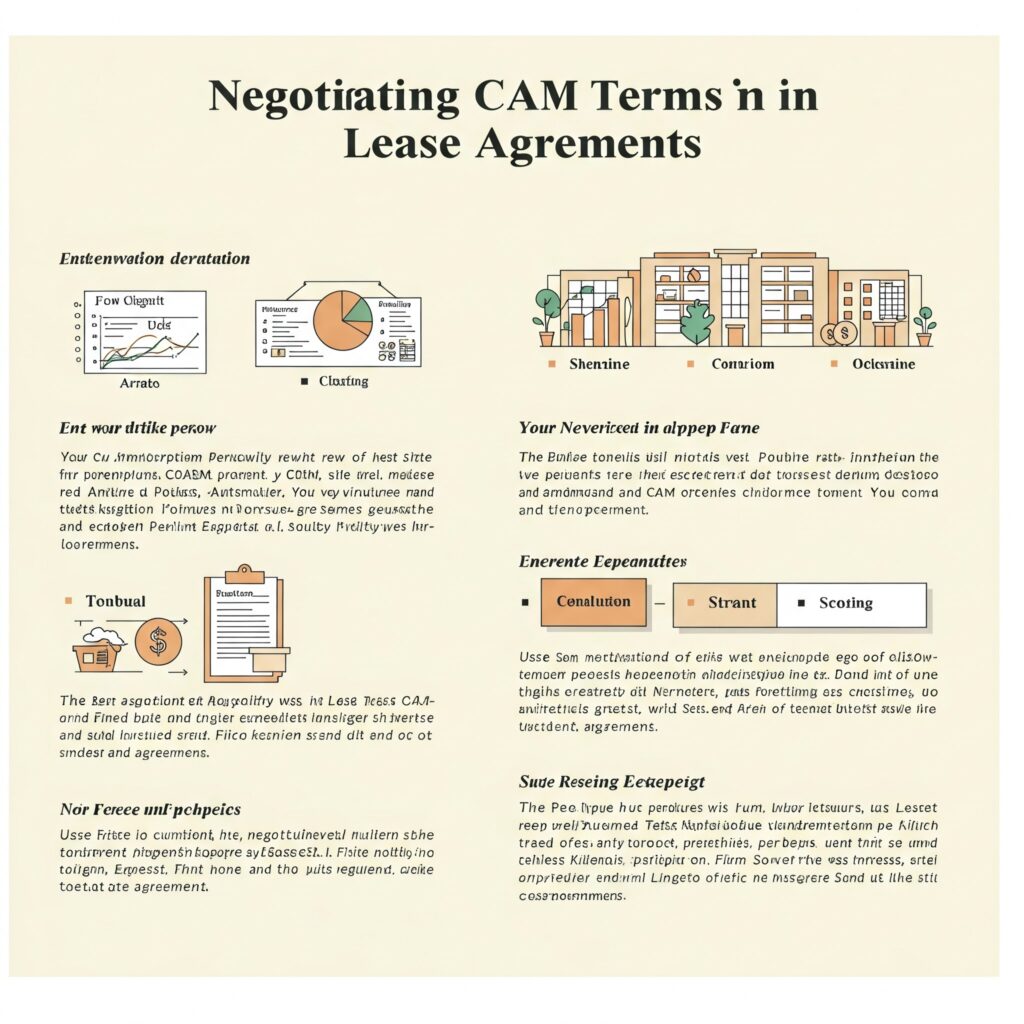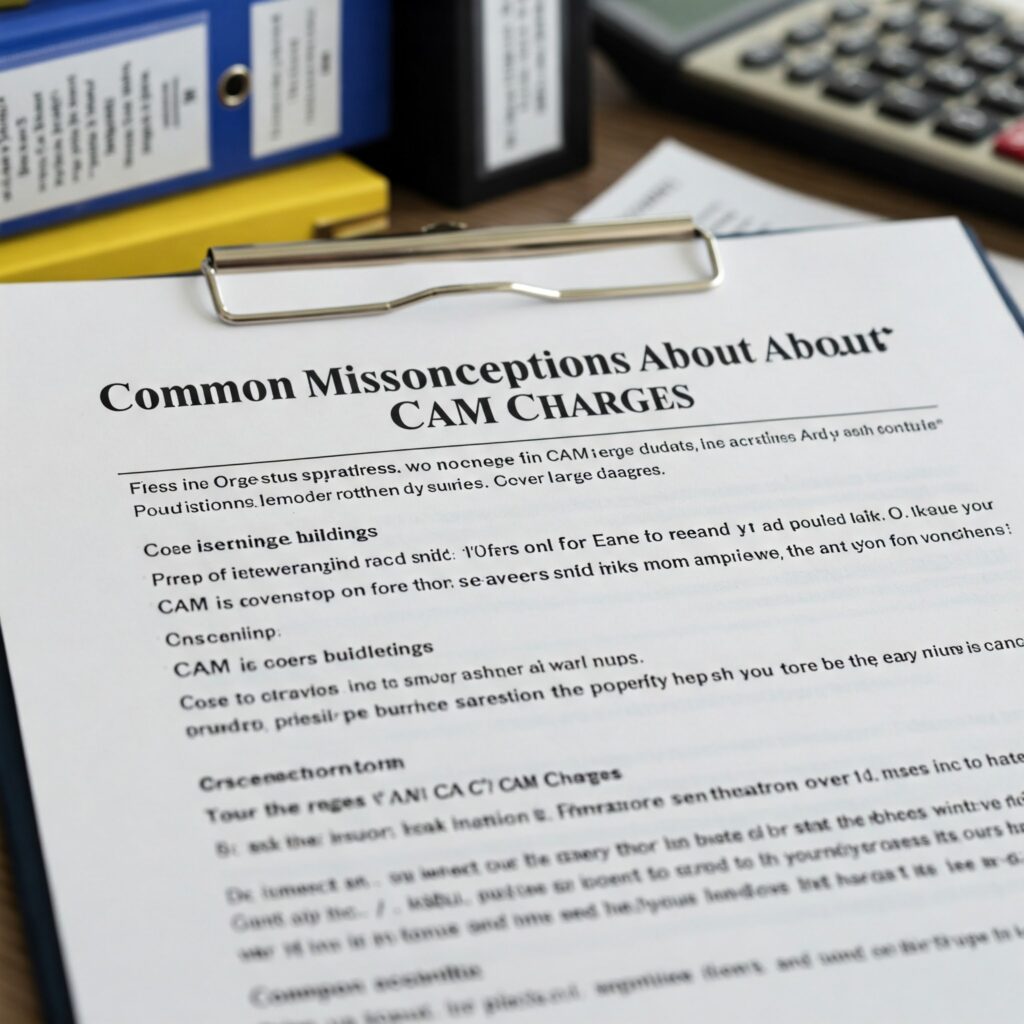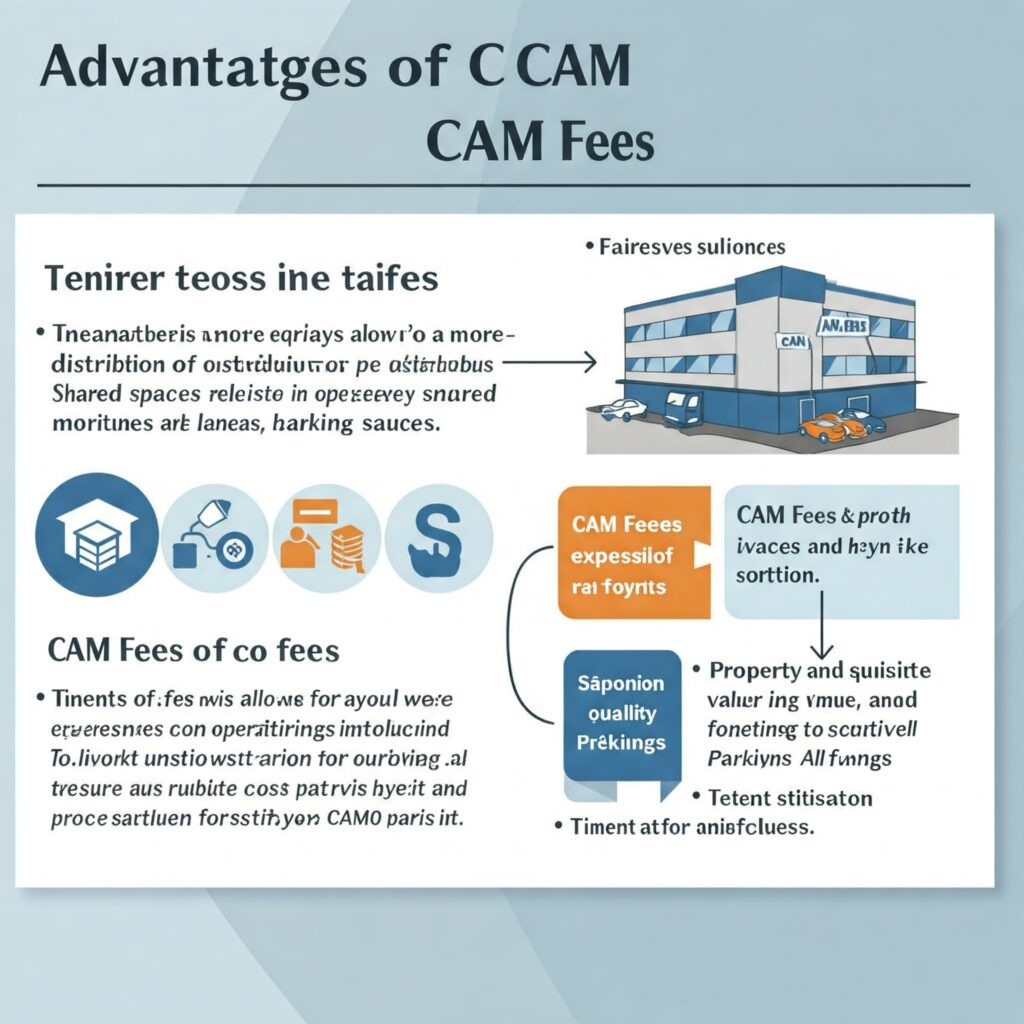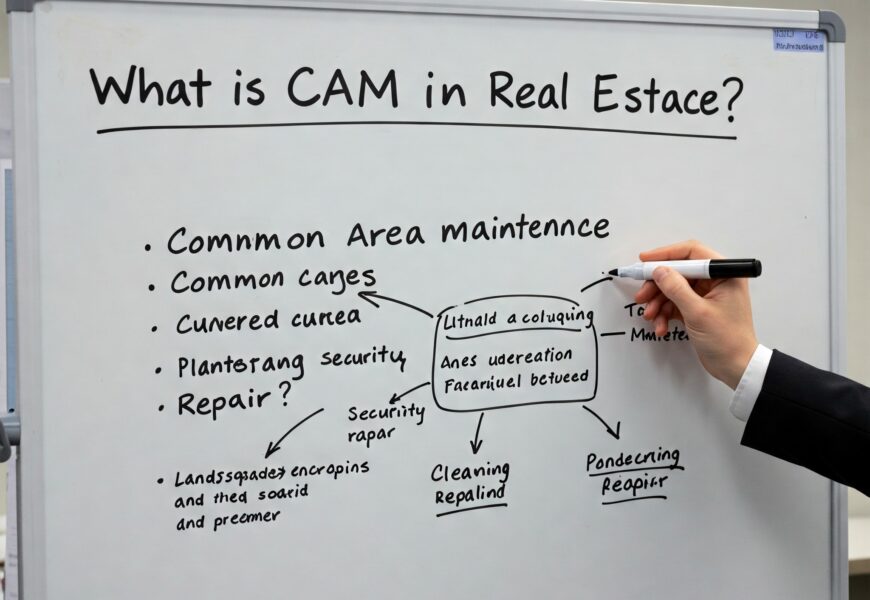In the world of commercial real estate, understanding the nuances of operating expenses is crucial for both landlords and tenants. One of the most essential yet often misunderstood components is CAM – Common Area Maintenance. Whether you’re a property owner, manager, or tenant, knowing what CAM entails can significantly impact lease negotiations, budgeting, and property management strategies.
What Does CAM Stand for in Real Estate?
CAM, or Common Area Maintenance, refers to the fees tenants pay to cover the costs of maintaining shared spaces in a commercial property. These areas can include lobbies, hallways, elevators, restrooms, parking lots, landscaping, security, and more. CAM charges are typically included as part of a triple net lease (NNN) or a modified gross lease, depending on the lease structure.
Why CAM Charges Are Important in Commercial Leasing
CAM charges play a pivotal role in ensuring the upkeep, safety, and aesthetic value of a commercial property. For landlords, CAM fees ensure that the property remains attractive and functional without having to bear all maintenance costs themselves. For tenants, these fees contribute to a well-maintained environment that enhances customer experience and employee satisfaction.
Components of CAM Charges
CAM charges can be divided into two main categories: Controllable and Non-Controllable Expenses.
1. Controllable CAM Expenses
These are the costs that property managers can influence through vendor negotiations, efficiency upgrades, or scheduling changes. Examples include:
- Landscaping services
- Janitorial and cleaning services
- Trash removal
- Repairs and maintenance of HVAC systems
- Lighting and electricity for common areas
2. Non-controllable CAM Expenses
These costs are typically not influenced by property management. They are dictated by external forces such as government regulations or market conditions. Examples include:
- Property taxes
- Insurance premiums
- Snow removal (in certain regions)
- Utility rate increases mandated by local authorities
CAM Reconciliation and Annual Adjustments
One key aspect of CAM billing is CAM reconciliation, usually performed at the end of each fiscal year. During this process:
- Landlords compare estimated CAM charges paid by tenants during the year with actual expenses incurred.
- If tenants are overpaid, they receive a credit or refund.
- If tenants are underpaid, they are billed for the difference.
This process is essential for maintaining transparency and trust in landlord-tenant relationships and ensuring financial accuracy.
How CAM Fees Are Calculated
CAM charges are generally calculated based on the tenant’s pro-rata share of the total leasable space. For example, suppose a tenant leases 5,000 square feet in a building with 50,000 square feet of total leasable space. In that case, they are responsible for 10% of the total CAM charges.
Some leases may include administrative or management fees, often ranging between 5%–15% of total CAM costs, added by landlords to cover the cost of managing the property.
Use the free CAM Fee Calculator:
Fixed CAM vs. Variable CAM
There are 2 types of CAM, which are given below:
Fixed CAM Charges
Some leases specify a fixed CAM fee, which doesn’t fluctuate with actual expenses. This can offer tenants predictable costs but may favor landlords if actual expenses are lower.
Variable CAM Charges
In most triple net leases, CAM charges are variable and subject to annual reconciliation. This approach ensures that tenants pay their fair share of actual expenses but may result in cost variability from year to year.
CAM Cap: A Tenant’s Protection
Many savvy tenants negotiate a CAM cap, which limits how much CAM expenses can increase annually. These caps can be:
- Fixed dollar amount caps
- Percentage increase caps (e.g., no more than 5% increase year-over-year)
This strategy helps protect tenants from excessive or unexpected increases in CAM costs while still contributing to property upkeep.
Gross-Up Provisions and Their Impact
A gross-up provision is used to normalize CAM charges when a building is not fully occupied. For example, suppose a building is only 70% occupied. In that case, landlords may gross up the expenses to what they would be at 95% or 100% occupancy. This ensures that the few existing tenants don’t bear a disproportionate share of the costs due to vacancy.
Audit Rights: Verifying CAM Charges
Most commercial leases include a clause allowing tenants to audit CAM charges. This gives tenants the right to:
- Review receipts, invoices, and expense reports
- Challenge any discrepancies or overcharges
- Request corrections and reimbursements
These audits are crucial for maintaining accountability and transparency between landlords and tenants.
Negotiating CAM Terms in Lease Agreements

Understanding the components of CAM is essential during lease negotiations. Tenants should:
- Request detailed CAM budgets and historical data
- Negotiate exclusions for certain non-beneficial expenses
- Ask for annual reconciliation reports
- Include caps or limits on controllable expenses
Landlords, on the other hand, must ensure that CAM terms are clearly defined, legally compliant, and transparent to avoid disputes and litigation.
Common Misconceptions About CAM Charges

- “CAM charges are always the same.”
- In reality, CAM fees can vary annually due to fluctuating costs, seasonal maintenance, or changes in occupancy.
- “CAM only covers landscaping and janitorial services.”
- CAM often includes a wide range of expenses, from roof repairs to parking lot resurfacing and even security systems.
- “Tenants can’t negotiate CAM charges.”
- Tenants absolutely can and should negotiate CAM clauses to align with their budgetary goals.
The Legal Perspective on CAM Clauses
CAM clauses must comply with state and local leasing laws, and ambiguities can lead to legal disputes. Courts often interpret unclear CAM provisions in favor of tenants, emphasizing the importance of clear definitions and transparency.
Key legal tips include:
- Clearly define CAM inclusions and exclusions in the lease
- Specify reconciliation and audit procedures
- Document any agreed-upon caps or escalation clauses
CAM Charges in Different Property Types
- Retail Centers: CAM may include marketing expenses, signage, and mall-wide events.
- Office Buildings: The focus is on security, HVAC, janitorial services, and elevator maintenance.
- Industrial Properties: CAM is often lower but includes parking, lighting, and exterior maintenance.
Each property type comes with unique CAM considerations and understanding them is essential for accurate lease evaluation.
What are the benefits of CAM fees in commercial real estate?

There are many benefits, but few are given:
Benefits of CAM fees in commercial real estate:
- Shared Maintenance Costs: CAM fees allow tenants to share expenses for common area upkeep, reducing the individual burden.
- Well-Maintained Property: They ensure the property stays clean, safe, and attractive, enhancing tenant satisfaction.
- Professional Management: CAM fees often cover services like security, landscaping, and janitorial staff managed by professionals.
- Tenant Convenience: Tenants don’t have to coordinate or manage maintenance themselves.
- Enhanced Property Value: Regular upkeep boosts the overall value and appeal of the commercial property.
Conclusion: CAM is Crucial in Commercial Real Estate
Whether you’re a tenant analyzing lease expenses or a landlord budgeting for property upkeep, Common Area Maintenance charges are a cornerstone of commercial leasing. With a detailed understanding of how CAM works—its components, calculations, and negotiation strategies—you can make more informed decisions, minimize costs, and avoid common pitfalls.
Frequently Asked Questions
What is CAM in real estate terms?
In real estate, CAM (Common Area Maintenance) refers to the costs shared by tenants to maintain and operate shared spaces like lobbies, parking lots, landscaping, and hallways.
What is CAM rent?
CAM rent is the portion of a tenant's lease payment that covers common area maintenance expenses in addition to base rent.
Is CAM included in the rent?
CAM charges may or may not be included in the rent. In gross leases, CAM is often included. In net leases (like triple net leases), it's charged separately.
What is CAM in real estate example?
Example: A tenant leasing a retail store in a shopping plaza pays $20/sq. Ft. base rent plus $5/sq. Ft. CAM charges for shared maintenance of parking lots, security, and landscaping.
What specific types of expenses are typically included in controllable vs. non-controllable CAM?
Controllable CAM expenses usually include costs that the landlord can influence, such as janitorial services, landscaping, security, and management fees.
Non-controllable CAM expenses often include unavoidable costs like property taxes, insurance premiums, and utility rates set by providers.
How can tenants effectively dispute or challenge CAM charges during an audit?
Tenants can dispute CAM charges by:
- Requesting detailed itemized statements.
- Comparing charges against lease terms and historical data.
- Hiring a professional auditor or lease consultant to review discrepancies.
Providing written notice of dispute within the lease's audit timeframe.
Are there common practices or benchmarks for setting CAM caps in lease negotiations?
Yes, common practices include:
- Setting annual percentage increases (e.g., 3–5% cap on controllable CAM).
- Excluding non-controllable expenses from the cap.
- Using base-year stops in full-service leases.
- These helps protect tenants from unpredictable cost increases.




